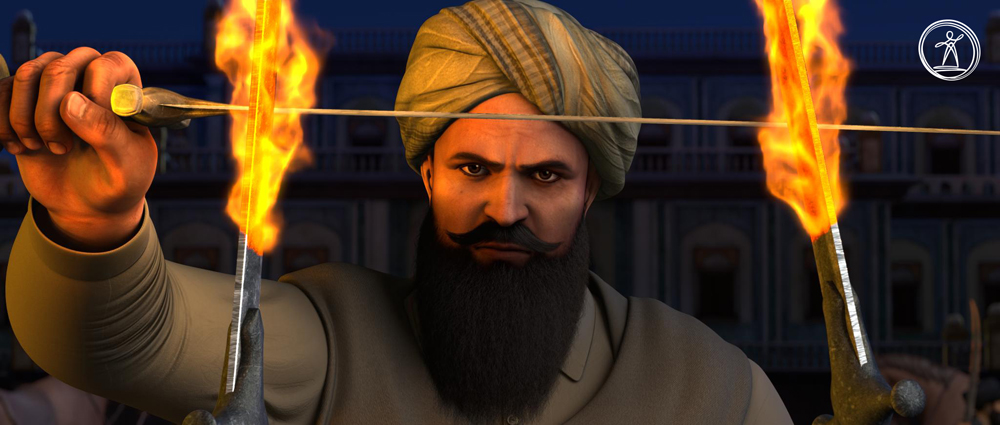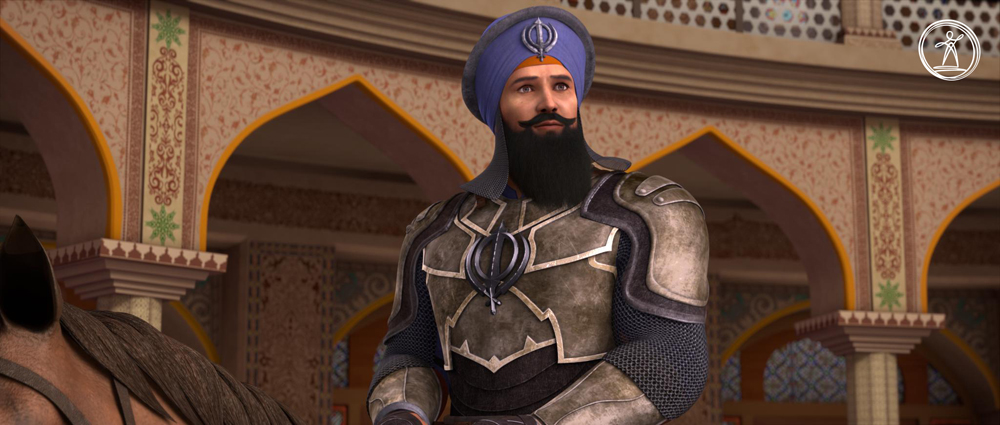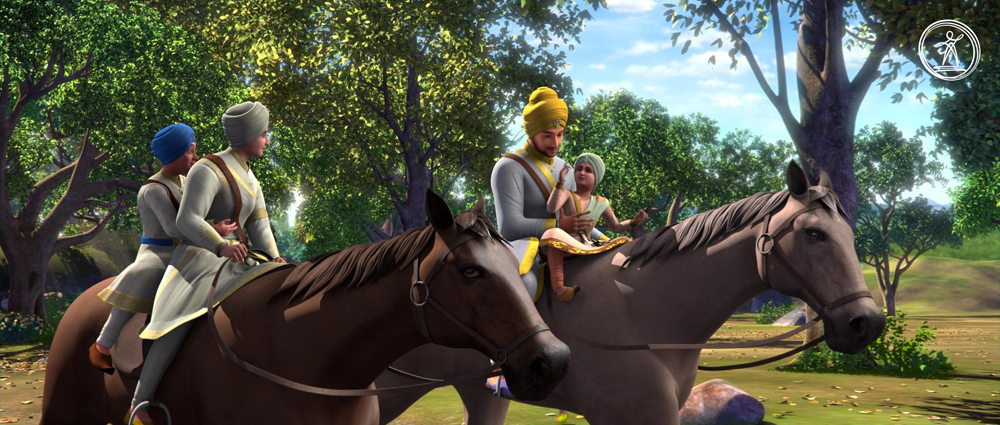The photorealistic 3D animated movie on Sikh history, Char Sahibzaade, went on to become the highest grossing Indian animated movie of all time. Produced by Pammi Baweja, directed by Harry Baweja and animated by iRealities, it was released on 6 November, 2014, in Punjabi, Hindi and UK English. Owing to its success, a sequel was released which was once again directed by Harry Baweja. However, the animation was carried out by Prime Focus and the movie, Rise of Banda Singh Bahadur got released on 11 November, 2016.
AnimationXpress spoke to Prime Focus, senior vice-president – operations, Vijay Kakwani to know more about the work done by Prime Focus on the animated feature film – Chaar Sahibzaade: Rise of Banda Singh Bahadur.
When the first part of Chaar Sahibzaade released back in 2014, it went on to become a huge hit. With its sequel, Harry Baweja wanted to push the boundaries even further and take the animation technology and effects to a level unprecedented in Indian Animation. That was when Prime Focus World was approached. “We were more than delighted to offer our animation and stereo conversion services to bring to life, this glorious tale of Banda Singh Bahadur,” said Kakwani.
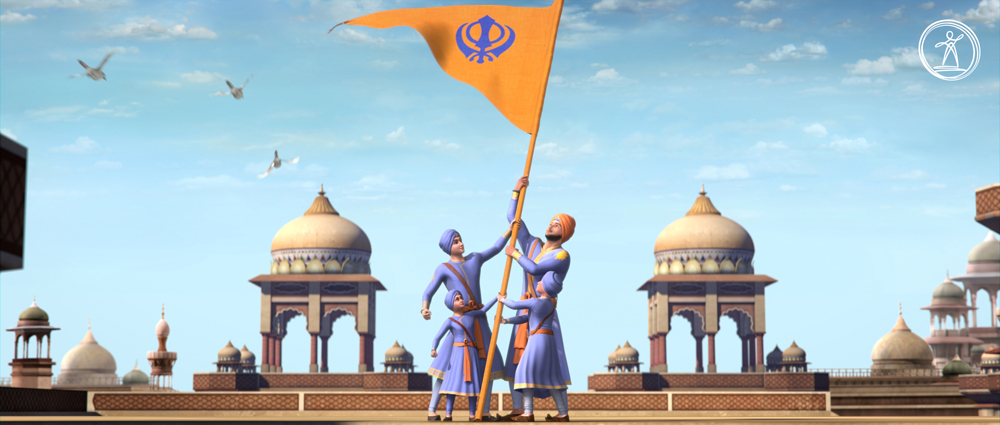
The first part of Chaar Sahibzaade was animated by iRealities studio. As many key characters were continued from the last movie, multiple assets were shared with Prime Focus World. Since the character design was already established in the prequel, the Prime Focus team worked within these limitations to preserve the key features of the characters but at the same time they subtly enhanced their appearance by tweaking shades and tuning facial complexions to make them look more dynamic and lively. So did they have to stick to the animation style followed in the first film? “As far as animation style is concerned, we were not restrained as the characters were human and we had to maintain human body dynamics. We had to however keep in mind many nuances of each character, so that the mannerisms of each character develop distinctly, in a way that portrays their personality as visualised by the director.”
As they were animating a sequel, Prime Focus had to have a thorough understanding of Baweja’s brief and vision for the film. The team worked hard to study the profiles of the characters from the prequel and in order to model the new characters exactly as per the concept and story of the film, a lot of research went into evaluating the screenplay. “Harry was particular about ensuring the historical accuracy in terms of costumes, architecture as well as the narrative. So we ended up studying the 16th Century structures through online research and historical books along with the references provided by Harry’s production team. With the help of this research, we went about creating the layout and structure of the entire cities and villages,” explained Kakwani. They also ensured that costumes of the characters too harkened back to the Banda Singh Bahadur era for the audience to identify the visuals with the Sikh history.
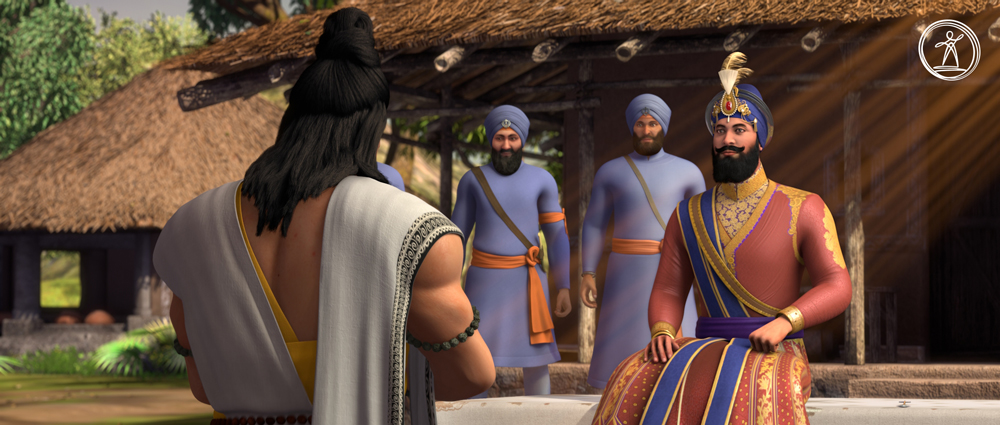
A team of 400 artists from Prime Focus’ Mumbai and London facilities collaborated on the project. The London team handled the overall supervision along with the primary edit, colour grading and stereo conversion. While software like ZBrush and MARI were used to create the characters, Maya and other tools proved helpful in customising the pipeline. Special software like Houdini and Massive were used to create unique effects and to simulate massive crowds, especially for the climactic battle sequences. Other software used were Nuke – for the final finishing, and Shotgun – for tracking shot production. Prime Focus’ global pipeline with production-tested asset management and deliveries kept all their facilities connected by super fast data networks. This gave them access to their in-house pipe development teams. Shotgun helped the team track the progress on the project, monitor timelines, review, collaborate, set deadlines and manage the digital assets across the departments.
When asked about the challenges they faced in creating the historical tale, Kakwani said, “Its sheer scale – not only in terms of the rich detail of the story but also in terms of the number of characters, the variety and detail in the wardrobe, the spectacular action set pieces and the authentic detail in the sets.”
An army of thousands in the battle sequence of the climax scene was impossible to create manually and animate individually. The team overcame this by employing distinctive crowd multiplication techniques, creating ten base models of soldiers replete with textures and action variations, and then digitally creating duplicates to populate the huge battle scenes.
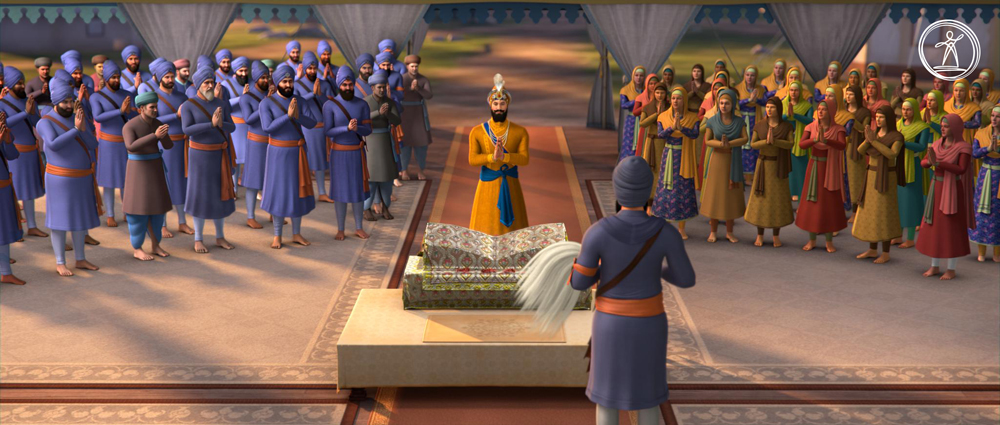
“To add more life to the sequences, the FX team added a host of 2D effects, including fire, water and dust FX for more than half of the total number of shots in the film. In one of the major fight sequences involving a massive blaze, the fire was custom-designed, simulating unique fire effects and crafting a flame cycle to surround different areas of the burning village.” Since the sequence occurs during the night, it became all the more difficult for the team to enhance the flames without compromising the dark of the moonlit sky. Virtual light sources were placed to brighten specific areas of the village in the hues of orange and red.
As for the involvement of Baweja, Kakwani mentioned, “Harry was involved right from the beginning – sharing references, briefing the creative team on the look, framework and design of the entire film.” On this 17-month long project, the team worked closely with Baweja at every stage of the process to ensure that the animation turned out as per his vision of the film.
The animation team, which is extremely proud of how the project has turned out, is currently working on a fresh new season of Lego TV Series. The production for Here Comes the Grump – their first international feature animation co-production – is already underway. “It’s an entirely CG-animated movie based on a cult 1960’s cartoon, and will be our animation team’s most ambitious project yet,” a proud Kakwani stated.
Chaar Sahibzaade: Rise of Banda Singh Bahadur was made on an approximate budget of Rs 20 crores and went on to gross approximately US$613,769 worldwide.
